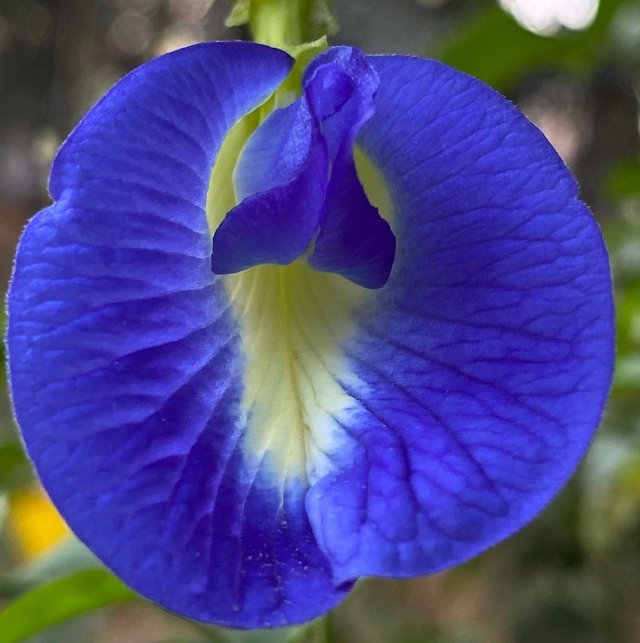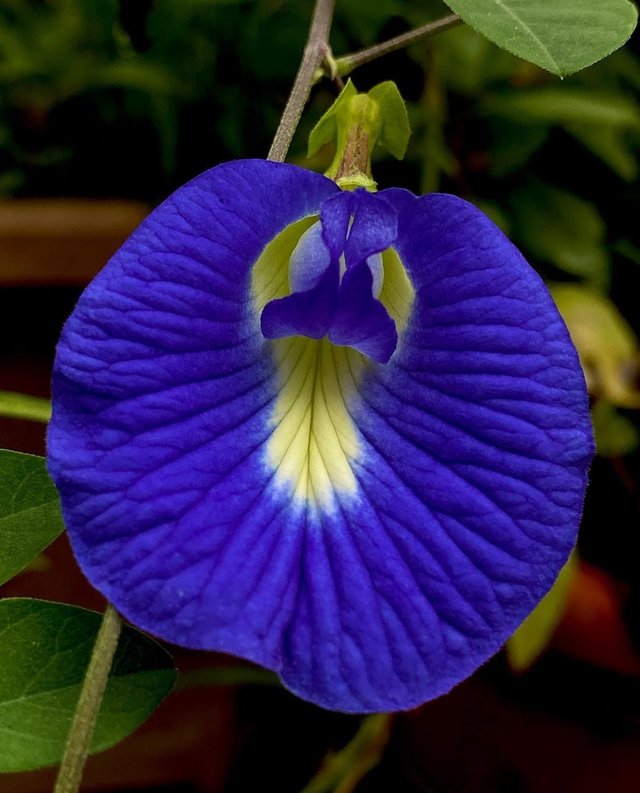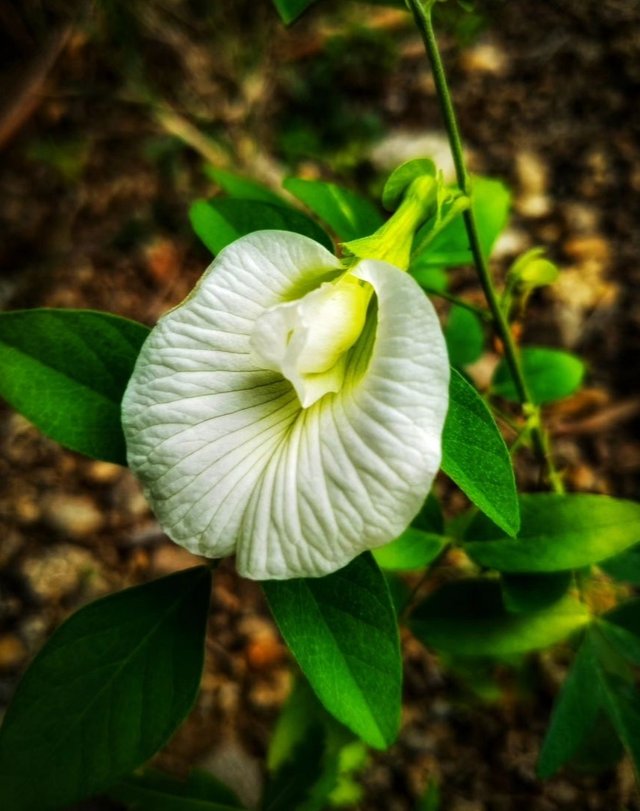



The Asian Pigeonwings,are a remarkable and captivating species of flowering plants that have been cherished for their ethereal beauty and unique characteristics for centuries. Native to Asia, these flowers have a rich history of cultural and medicinal significance, making them a subject of fascination and admiration.Asian Pigeonwings are perennial climbing vines that belong to the Fabaceae family. These stunning flowers boast striking, deep blue petals that resemble the color of a vibrant summer sky. Some varieties may also feature white or light pink blooms, adding to their allure. The distinct shape of the flower, reminiscent of a pigeon in flight, has earned it the common name Pigeonwings.Throughout Asia, the Asian Pigeonwings flower has held a special place in cultural traditions and folklore. In India, for instance, it is referred to as "Aparajita," which means undefeated or unconquerable.The flower is often associated with the goddess Saraswati and is used in worship and ceremonies.Beyond its aesthetic appeal, Asian Pigeonwings have been valued for their medicinal properties. Various parts of the plant, including the flowers and roots, are known for their potential health benefits. In traditional Ayurvedic medicine, these flowers have been used to treat conditions ranging from anxiety to improving memory and cognitive function.One of the most intriguing aspects of the Asian Pigeonwings flower is its use in creating Butterfly Pea Tea. When the flowers are steeped in hot water, they release a vibrant blue hue, making this tea a visual delight. This natural coloring agent is prized for its potential health benefits and has gained popularity as a caffeine-free herbal tea.
.gif)